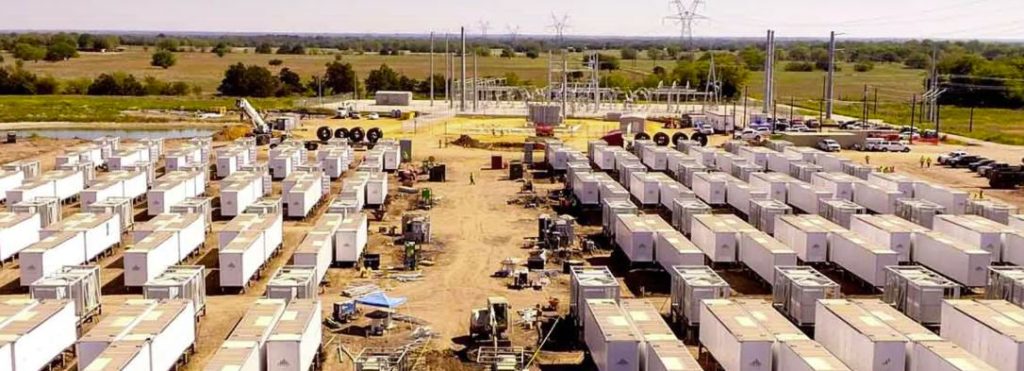DailyEnergyInsider.com: Kim Riley

“The Public Utilities Commission of Ohio (PUCO)” recently awarded AEP of Ohio to partner with data center owners for “establishing financial obligations” to support electrical grid infrastructure improvements that directly accommodate them.
The ruling provides a huge win for AEP, reducing the need for other AEP rate payers to be partially expensed through gradual rate increases to fund AEP’s required energy grid upgrades for bringing new data centers online. New data center owners will be “required to pay a minimum of 85% of AEP’s energy they are subscribed to use to help cover the costs of bringing power to those facilities.”





